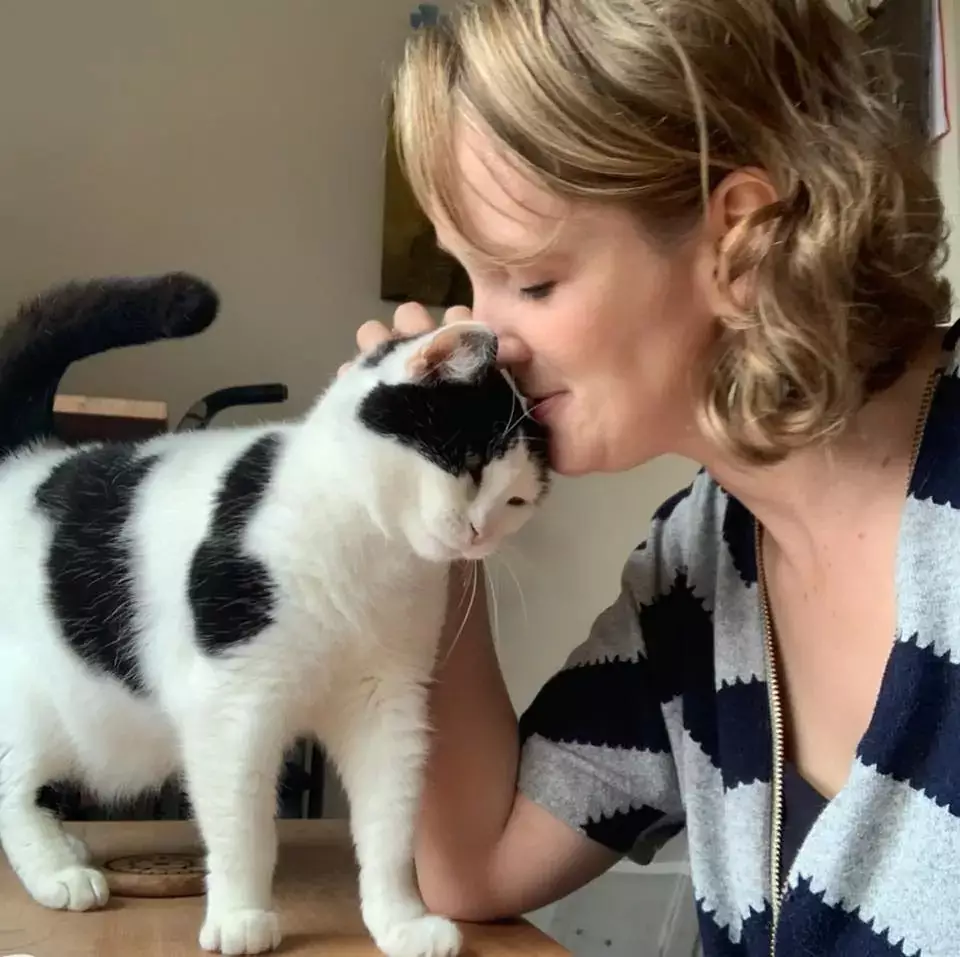Cats are fascinating creatures known for their elegance and perceived aloofness compared to dogs. However, beneath this serene exterior lies a complex world of emotions and behaviors that can provide keen insights into their well-being. Many cat owners often feel frustrated or confused by their feline companions, but understanding cat behavior is crucial for nurturing a loving bond. Experts like feline behaviorist Lucy Hoile emphasize that cats exhibit various moods that reflect their emotional states, and recognizing these signals is fundamental in catering to their needs effectively.
Stiffness in joints and other physical discomforts can significantly affect how a cat behaves. It’s essential to recognize that, similar to humans, cats can experience discomfort due to age or injury. For instance, a cat that typically enjoys climbing and playing may suddenly withdraw from these activities — an indication that something could be amiss. Such changes can often lead to unusual behaviors, like hiding away more frequently or displaying irritability.
One of the incredible and perplexing traits of cats is their instinct to hide signs of vulnerability. Dr. Scott Miller, a qualified veterinarian, points out that as solitary creatures, cats have evolved to mask their discomfort to avoid drawing attention from potential predators. This tendency can hinder pet owners from recognizing when their feline friends are in pain or discomfort. In fact, research shows that roughly 60% of cats over six years old suffer from some level of joint degeneration.
By being more vigilant to behavioral cues, owners can intervene sooner rather than later, possibly preventing long-term discomfort or further complications. For example, if a cat suddenly begins to neglect grooming or shows signs of distress when handled, it may be wise to consult with a veterinarian to ensure that no underlying issues are present.
Understanding what your cat is trying to convey often requires looking at a range of behaviors. Chattering teeth, for instance, often indicates frustration—commonly observed when your cat spots a bird outside but can’t reach it. Conversely, positive behaviors like rubbing against you typically express affection or a need for attention. This blending of seemingly simple actions tells a complex story about your cat’s emotional landscape.
Kneading is another quintessentially feline behavior that stems from kittenhood. Cats knead to express comfort, a remnant of kneading their mother’s belly for milk. Additionally, maintaining eye contact can be a double-edged sword; while a slow blink can signify relaxation, direct staring may be interpreted as a threat and provoke anxiety.
Other indicators include ear positioning: ears that are perked up suggest curiosity or relaxation, while pinned ears signal fear or aggression. By interpreting these behaviors accurately, owners can foster a more harmonious environment for their furry friends.
As our feline companions age, their health needs change significantly. To proactively address issues like joint stiffness, ensuring a comfortable living space becomes imperative. Dr. Miller advocates for a supportive environment which could include soft bedding and easily accessible resting areas. Moreover, he recommends dietary supplements, such as YuMOVE Joint Care, which aims to enhance joint health and improve mobility—especially vital for older cats.
YuMOVE products, developed with high-quality ingredients like ActivEase® Green Lipped Mussel, are designed to help reduce stiff joints and support overall feline wellbeing. Many veterinarians have noted positive responses among their patients after incorporating such supplements into their diets.
Understanding our cats is a continuous journey, harkening back to the expertise of individuals like Lucy Hoile and Dr. Scott Miller. Their contributions to feline behavior and health not only educate cat owners but also empower them to advocate for their pets’ welfare. Raising awareness of common conditions and demonstrating understanding of cat behavior equips owners with the knowledge to enhance their cat’s living conditions.
Ultimately, the goal of deciphering these behaviors is to build a lasting bond based on trust and affection. With the right approach, cat owners can ensure their companions live not just long, but thriving lives filled with joy and comfort. Take the time to observe, learn, and engage with your cat; it can make a significant difference in their quality of life and deepens the bond between human and feline.


Leave a Reply